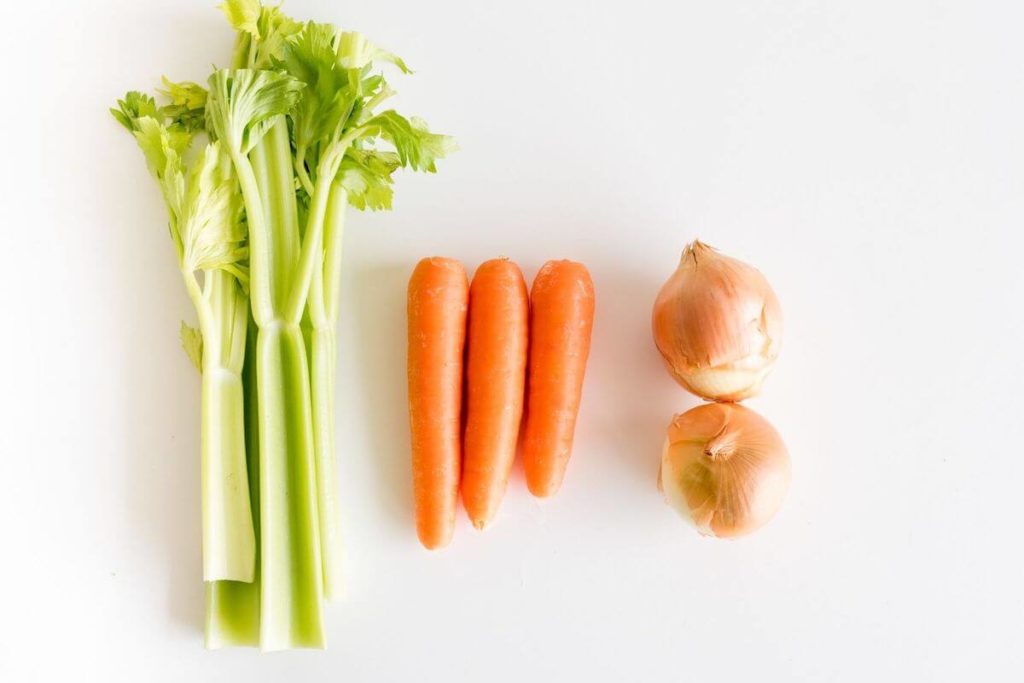
Do you hate to see leftover celery wilting in the fridge? Learn how to use your leftover celery, carrots & onions to minimize food waste!
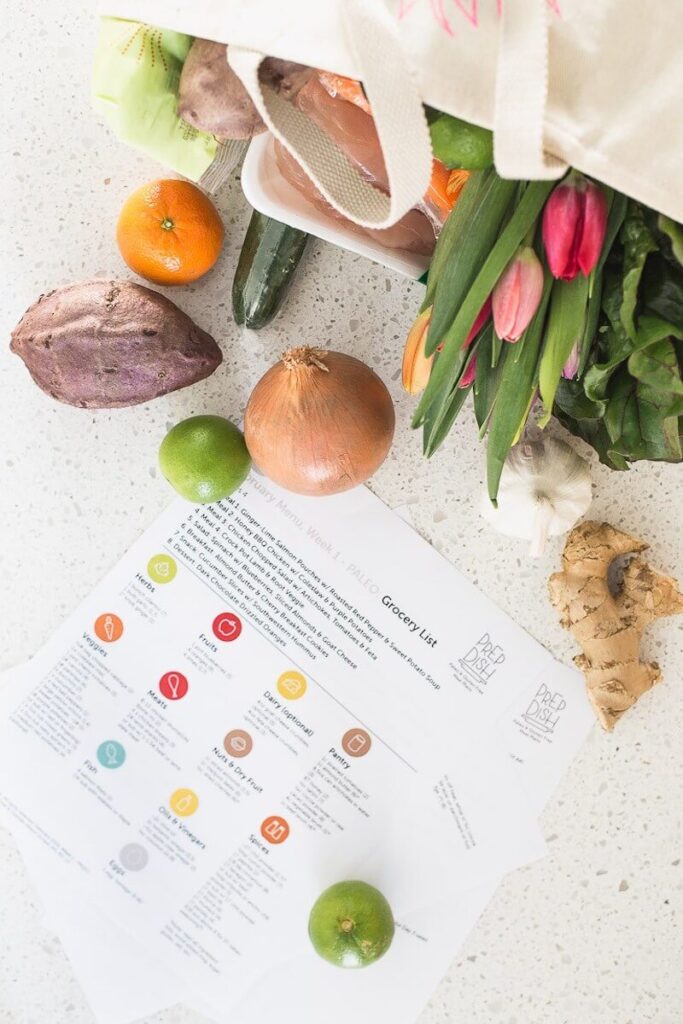
Key Takeaways
- You don't need to let your leftover celery, carrots and onions go to waste! From veggie sticks to freezing mirepoix, I've got tons of ideas for you to use up these commonly wasted items.
- You can use our simple recipes to use up these leftover veggies, or use our “throw together” ideas like ants on a log and whole roasted carrots if you're short on time.
- If you're sick of thinking about things like how to use up leftover celery, carrots and onions, try our done-for-you meal prep meal plans for free! We make sure all of the produce you buy gets used up in the meal plan.
There's nothing worse than buying an ingredient, using a tiny portion of it, and watching the rest of it go bad in the fridge.
None of us do this on purpose of course, but so many recipes call for just two stalks of celery or half an onion. It takes a lot of organization to make sure the leftover ingredients all get used!
Using up all ingredients is actually a big priority on our Prep Dish meal plans. Both from a budget standpoint and an environmental standpoint, food waste makes me sad. We work hard to ensure that if one of our recipes calls for half an onion, another recipe uses the other half. (Psst! You can try our meal plans for free!)
Is there an ingredient you frequently have in excess? For many, it's celery, carrots and onions. They tend to come in large quantities in the grocery store, but many recipes call for just a small amount.
Use the tips below to minimize food waste and creatively use your extra ingredients! It's great for frugal meal planning and great for the planet.
One overall tip, before we get to the recipes and ingredient-specific tips: Store your leftover celery, onions & carrots in a high quality meal prep container. The air-tight seal will help these items last longer than the flimsy bag from the grocery store.
How to Use Leftover Celery
Why It's Worth It – Celery Nutritional Benefits
Using leftover celery is perhaps the most challenging because, unlike onions and carrots, it doesn't last a super long time in the fridge.
Still, it's totally worth the effort because celery's nutritional benefits are substantial.
While it's most famously known as a good weight loss food due to all of its fiber and extremely low calorie count, celery also packs in quite a few vitamins and nutrients. Celery has vitamin A, vitamin C, vitamin K, magnesium and iron, in addition to lots of antioxidants. Its high fiber content is also excellent for digestion.
Did you know that celery leaves are one of the most nutritious parts? Try throwing them into a salad or on top of a grain bowl for a simple way to include them in your meal plan.
Simple Ways to Use Celery
I have plenty of recipes using this nutritious veggie but I know sometimes you just need something quick and easy. Here are a few throw-together ideas for using up your leftover celery:
- Ants on a Log – I can't leave out this childhood classic 🙂 Spread some nut butter on celery stalks and top with raisins or dried cranberries. This is actually a really fun one for kids to make themselves.
- Celery and Ranch – Have you tried my dairy-free ranch dressing recipe? It's super easy and great for using up leftover veggies. (Carrots and celery are great together with ranch if you happen to have both leftover!)
- Top Secret Smoothie Boost – Do you ever throw veggies into your smoothies? I've been known to use spinach, cucumber, kale, cauliflower and zucchini in mine. Celery has such a mild taste, it would work well in smoothies as well. Just make sure you have a high-powered blender to blend in all of that fiber!
- Soups and Stews – Celery is a classic ingredient in soups and stews. You can throw it into pretty much any soup recipe you're making. Just sauté with the onions toward the beginning of cooking.
Recipes Using Celery
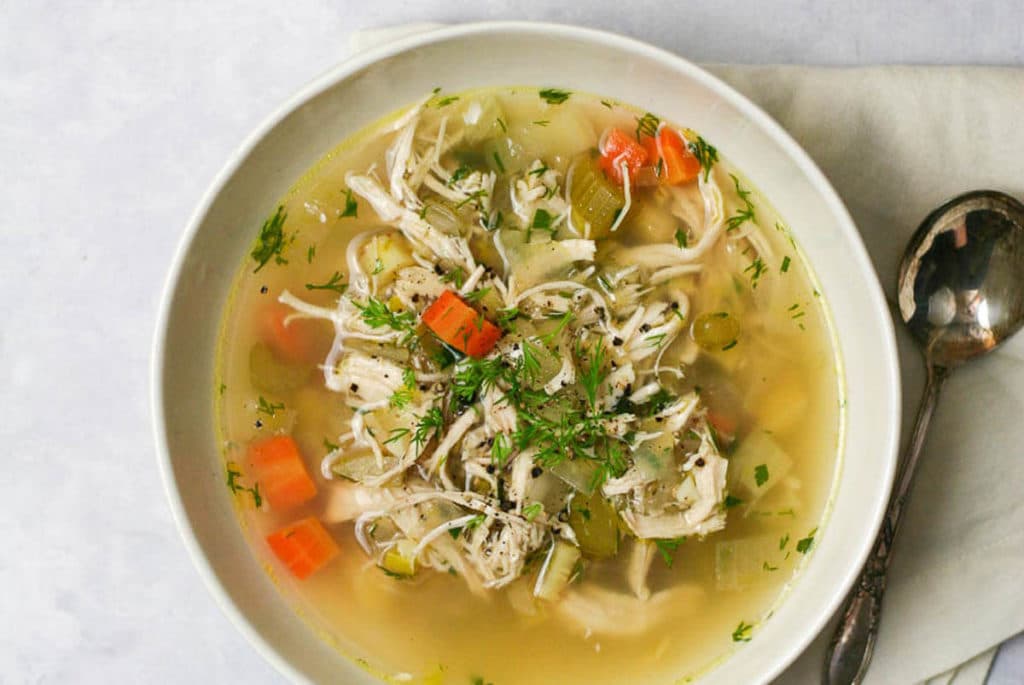
If you're looking for more of a formal recipe using celery, I've got you covered! Here are a few of my favorites:
Classic Chicken Vegetable Soup (This is a great one to use celery, carrots and onions!)
Does celery freeze well?
Yes! If you realize there's no way you're going to use up all of your celery before it goes bad, freeze it.
Like most frozen veggies, you'll need to use it in a cooked dish after freezing since its texture won't be the same.
For best results, chop the celery and blanch it by cooking in boiling water for just 2-3 minutes before removing it to a bowl of ice water. Once it's cooled, dry the celery and flash freeze. To do this, lay it out on a baking sheet in the freezer. Once it's frozen, add it to a freezer container or bag and you're good to go!
Now you'll have already chopped celery at the ready next time you need a bit for a soup or stew.
Want more freezer meal prep tips? Check out my articles on homemade freezer meals and freezer meal prep hacks.
How to Use Leftover Onions
Why It's Worth It – Nutritional Benefits of Onions
High in vitamin C, B vitamins and potassium, onions also offer many antioxidants. Onions are beneficial for your heart and may help reduce high blood pressure. Furthermore, like garlic, onions are part of the allium family. Consuming plants from this family may help reduce cancer risk.
I'd say it's well worth it to make sure these nutrient-dense powerhouses don't go to waste.
Simple Ways to Use Onions
Fortunately, onions are super versatile and they keep relatively well once chopped.
If you use half of an onion, you should be able to save the other half in the fridge for 7-10 days. Make sure it's tightly wrapped in plastic wrap or stored in a high-quality container to keep it fresh…and to keep your whole fridge from smelling like onions!
Here are simple ways to use that leftover onion throughout the week:
- Scrambled Eggs: Sauté diced onion before adding eggs to the pan to scramble.
- Caramelized Onions: Cook sliced onions in olive oil or butter over low heat until caramelized and add to salads, sandwiches or homemade pizza.
- Marinara: Even if you're using jarred marinara, sautéing some onions (and garlic if you're feeling it) can add some extra flavor and nutrition. I love adding spinach to jarred marinara as well!
- Tacos: Whether you're making black bean, beef or chicken tacos, adding onions always works!
Recipes Using Onions
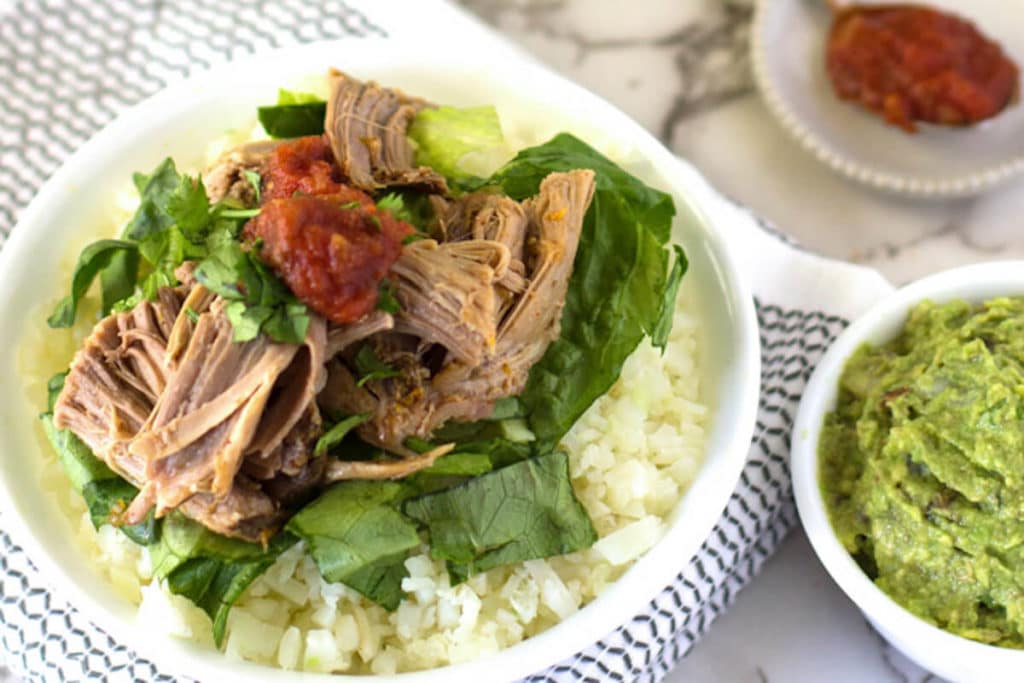
If you prefer recipes to throw-together meals, here are some of my favorite recipes great for using leftover onions:
Slow Cooker Green Chili Beef Burritos
Make sure you know the proper way to chop an onion too – it'll save you so much time!
Do onions freeze well?
Yes! Onions do freeze well. Similar to celery, thawed onions will have a softer texture, but they work well for soups, chili or other cooked dishes.
There's no need to blanch but flash-freezing will help the pieces not to freeze together into a giant onion block. Consider freezing smaller portions so you can just pull out what you need.
How to Use Leftover Carrots
Why It's Worth It – Nutritional Benefits of Carrots
Carrots last pretty well in the fridge but if you buy a big bag (or have a successful garden!) you can still wind up with leftover carrots to use up.
Thanks to their abundance of carotenoids, carrots are well known for supporting good eyesight but the nutritional benefits don't stop there! Carrots also boast fiber, vitamin K1, potassium and antioxidants.
While high in carbs, carrots are low on the glycemic index. This means they won't spike your blood sugar like more refined carbohydrates.
Simple Ways to Use Carrots
Carrots are pretty easy to use up but in case you need some new ideas, here are some of my favorites:
- Whole Roasted Carrots: Have you tried this? It takes a bit of time in the oven but requires no chopping or prep so I consider it a win! I talk more about the method here, but basically, you just preheat the oven to 350 F, drizzle whole carrots with olive oil and salt, and roast for 1 hour – 1 hour 15 minutes. The slow roasting brings out SO much flavor!
- Carrots and Hummus: Slice into carrot sticks and dip in your favorite store-bought or homemade hummus – the perfect healthy snack!
- Stir fry: Chop into coins and add to your favorite stir fry. They add a delicious crunch.
Recipes Using Carrots

Lemony Sheet Pan Chicken Thighs with Roasted Vegetables
Healthy Chicken Pot Pie Soup (This soup is perfect if you have leftover onions, carrots and celery – it uses all three!)
Do carrots freeze well?
Again, yes! Freezing extra veggies is an often overlooked but highly useful strategy for minimizing food waste. Like celery, you'll need to chop and blanch the carrots before flash freezing. Then remove from the freezer next time you want to sauté some carrots as part of a dish.
What is Mirepoix?
Mirepoix is the French term for diced celery, carrots and onions all together. It's used to add a base of flavor to many dishes.
If you find yourself with leftover celery, onions and carrots, this is a great use!
Mirepoix generally uses a ratio of 2:1:1 for onions to celery to carrots but it doesn't have to be precise. Dice your veggies, blanch and flash freeze all together. You'll have a super easy base for soups or stews any time you need it!
FAQ – Questions about Using Leftover Celery, Carrots and Onions
What can I do with leftover celery?
Leftover celery is delicious for ants on a log or simple veggie sticks. You can also toss it into a soup or chop, blanch and freeze for later recipes.
Is it okay to use old celery?
No. Once celery begins to appear old, brown and wilted, you should compost it or throw it out. To avoid getting to that point, check out the many ways I love using leftover celery in this post!
What is the best way to store celery?
I haven't tried this myself but, according to Food52, you can wrap whole celery heads in foil and store in your veggie drawer to help them last longer. I'm intrigued!
What can I do with a large amount of carrots?
Whole roasted carrots are my favorite way to use a large amount of carrots. Wash carrots, drizzle w/ olive oil and sprinkle with salt. Roast for an hour to an hour and a half at 325F. You can do a higher temperature for less time if you have something else in the oven (e.g., 375F for an hour) but make sure they don’t burn!
How to use leftover carrots?
Chop leftover carrots and dip in peanut butter or homemade ranch or chop and freeze for future soups and stews.
What can I do with too many onions?
Fortunately, onions last for quite a while. If you're looking for a good way to use them up, try making caramelized onions. It's easy and the volume reduces quite a bit to help you use up more onions. If you have red onions, pickled onions are also delicious.
Want more meal planning resources?
I have a passion for sharing resources like this that help make cooking homemade meals just a little bit easier. Here are a few more articles with cooking and meal prep tips you may find helpful. For tips and meal planning inspiration on the regular, sign up for my weekly free newsletter! Bonus – you'll get a free meal prep meal plan download when you sign up.
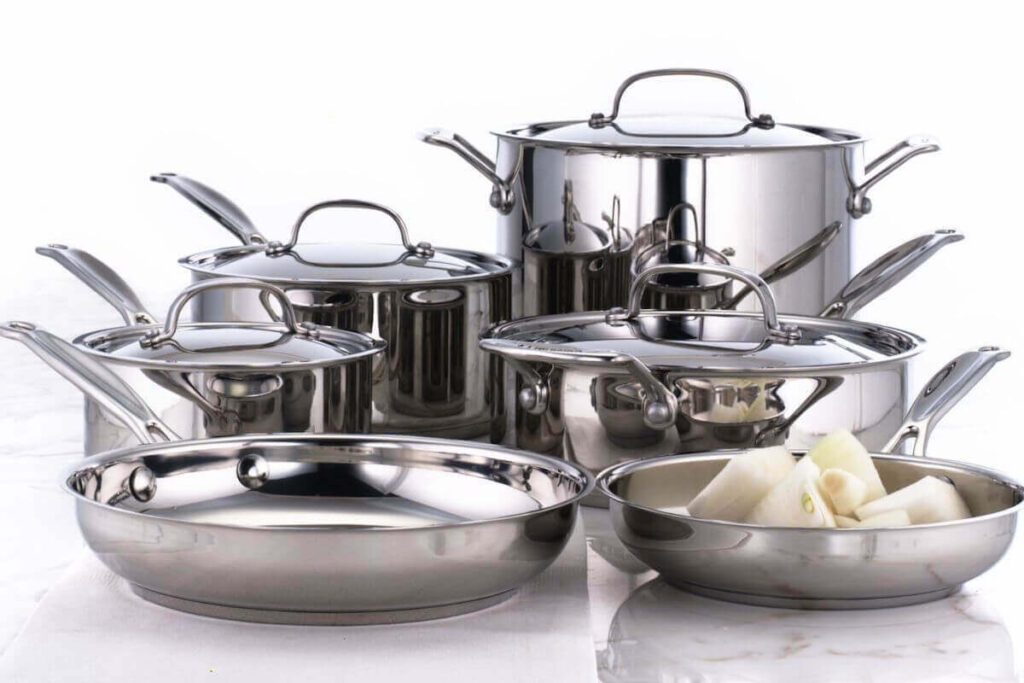
Different Types of Cookware
Pots vs. saucepans, skillets vs. sauté pans – learn about the different types of cookware and which pots and pans you actually need.
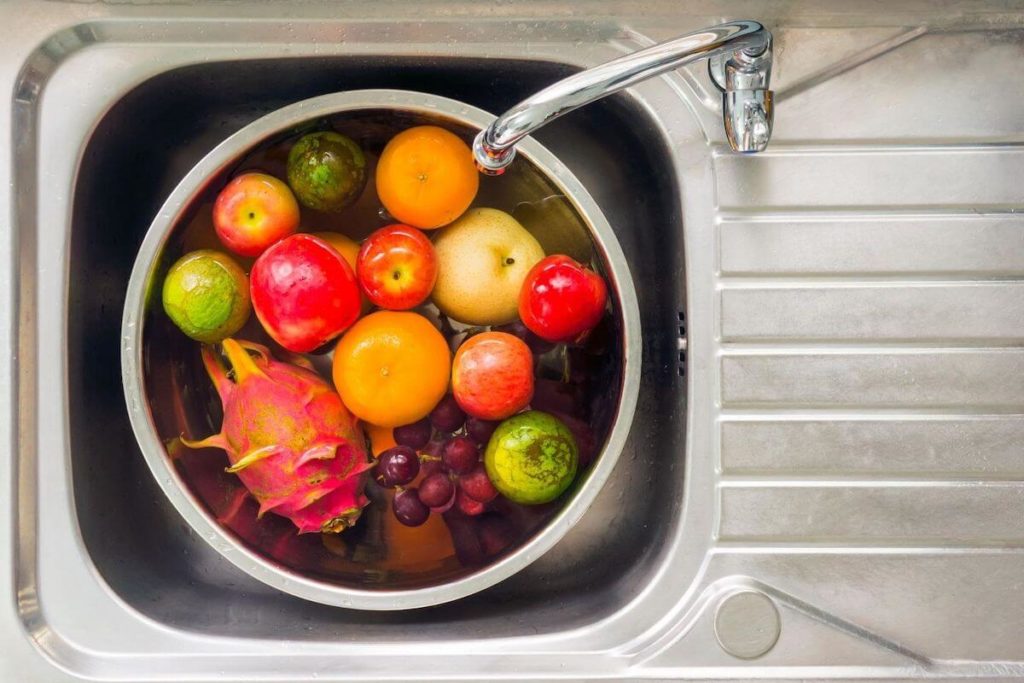
Washing Fruits and Vegetables with Vinegar
Wondering if washing vegetables with vinegar is worthwhile? Read about why I think washing produce with vinegar is the best way to get it clean and get step-by-step instructions!
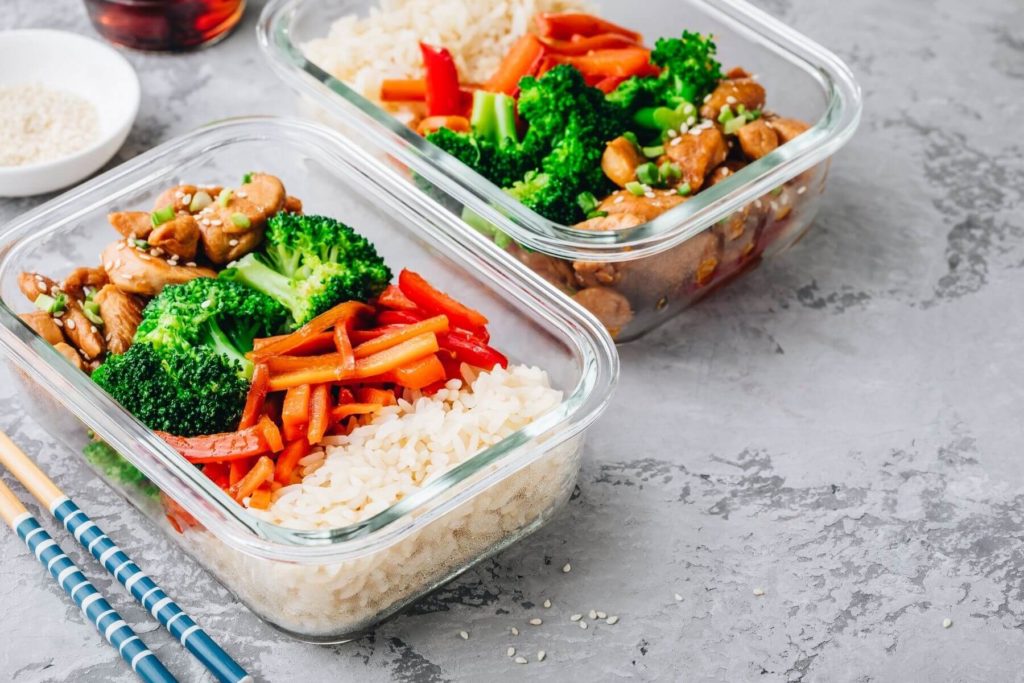
The Best 10 Foods for Gluten Free Meal Prep
Gluten Free Meal Prep can be daunting if you're new to it. Where to begin? Start with these 10 items and you'll have healthy food all week. These work well for easy meal prep if you're not gluten free as well!

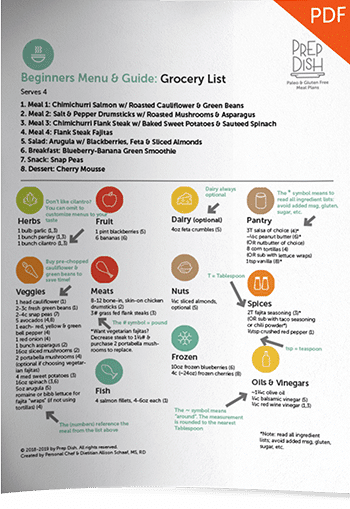
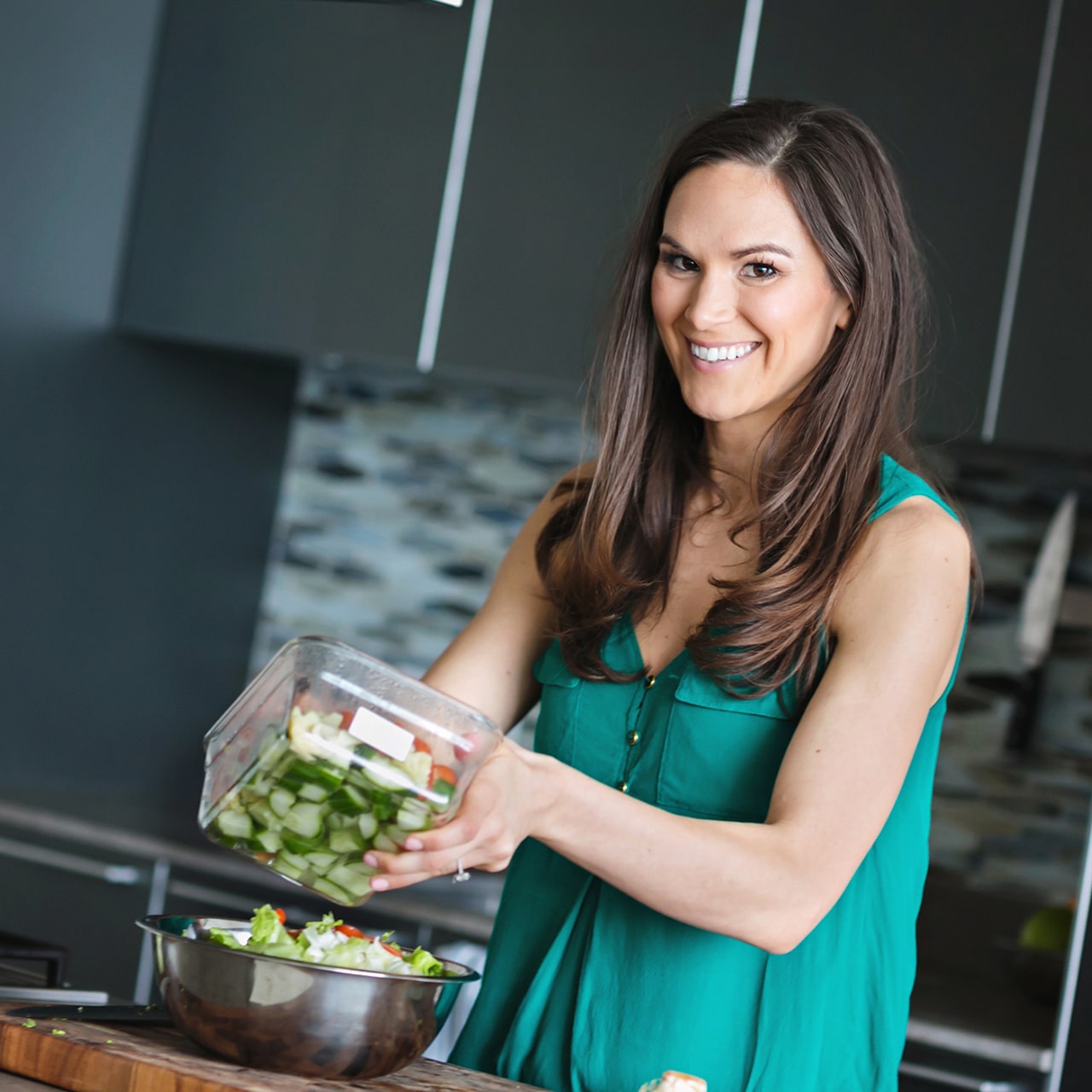
I combine leftover celery, onions, and carrots to make a versatile vegetable stock. Chop vegetables into small pieces and sauté in olive oil until softened. Add water, a bay leaf, salt, and pepper. Simmer for 30-45 minutes, then strain the liquid. Use this homemade vegetable stock as a base for soups, stews, or risotto, enhancing flavor while minimizing food waste. This simple and sustainable approach transforms leftover ingredients into a valuable kitchen staple for various recipes.
Great point, making stock is a wonderful use of leftover veggies!
Great tips! I always end up with extra celery, onions, and carrots after cooking, and these ideas are super helpful. I love the suggestion to make a broth; I’ve never thought of that before! Can’t wait to try out some of these recipes!
This post is so helpful! I always seem to have leftover celery, onions, and carrots after cooking. I love the idea of making a vegetable broth – it’s perfect for using up those scraps while adding flavor to future meals. Can’t wait to try the stir-fry recipe too! Thank you for these great tips!
Great tips! I love how you’ve provided creative ways to use up leftover vegetables. I often find myself with extra celery and onions, and your ideas for soups and stir-fries are super helpful. Can’t wait to try out some of these recipes!